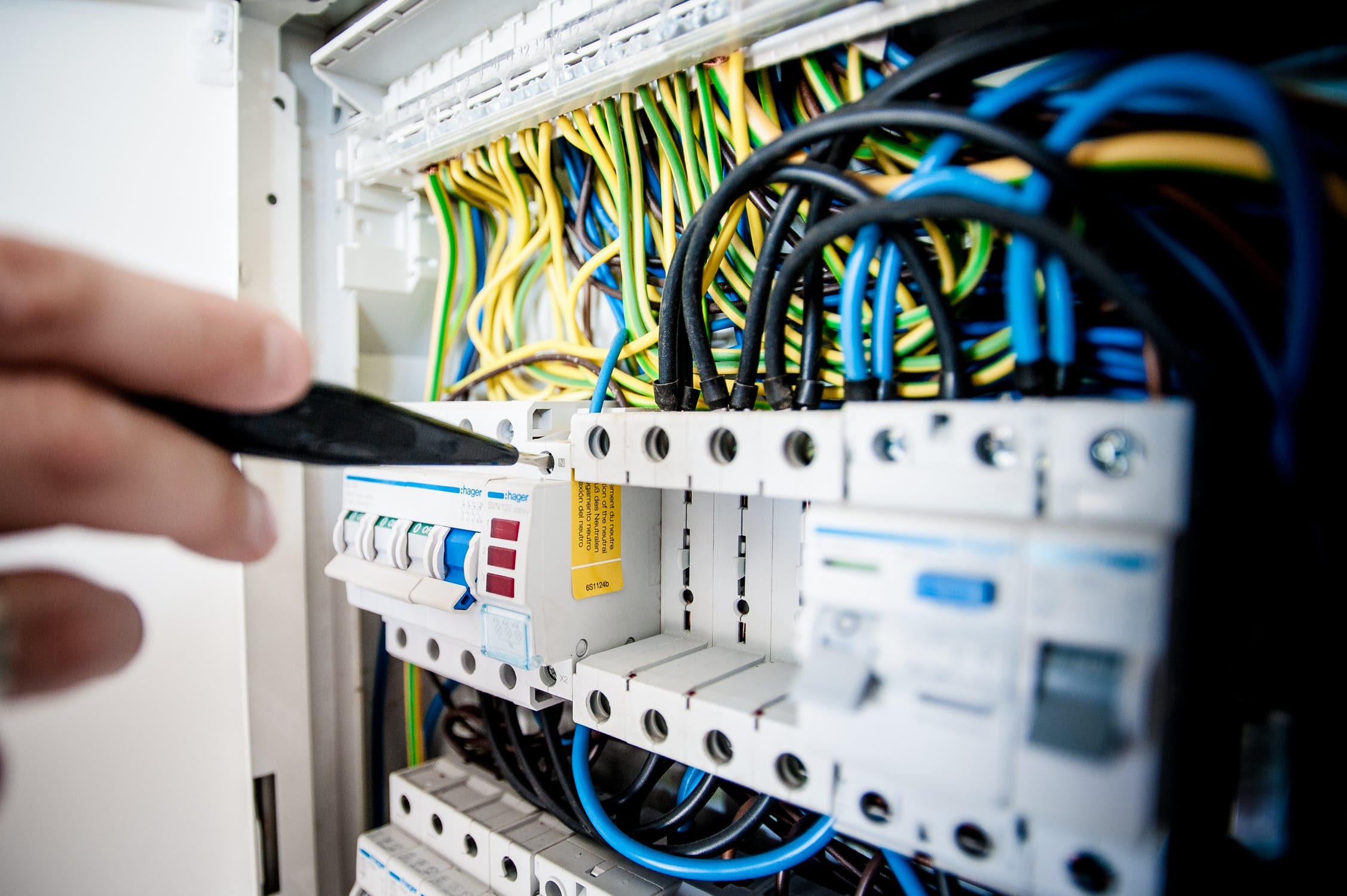Changing Your Electricity Supplier in Japan: an Easy Way to Save Money

Did you know that it was possible to change your electricity provider in Japan? A good way to make some substantial savings!
It’s a relatively recent trend, and few foreign residents know about it: in April 2016, Japan finalized the modernization of its modern energy market. This process began over twenty years ago, and now allows households the ability to freely choose their electricity provider. In Tokyo alone, residents can select between over 200 retailers.
*Please note that this article contains affiliate links.
Why change your electricity provider?
The first question that you might ask is: why would I want to change my electricity provider? Before the market liberalization, the 10 historical electricity companies were exercising regional monopolies. As such, they were not necessarily inclined to provide competitive pricing.
In 2016, this all changed. Most companies who enter the market now try to provide either cheaper and simpler alternatives or flexible contract plans that better adapt to the needs of each customer. “It’s very easy to change contracts. You just need the contract number and the supply identification number, usually present on the invoice. Cancellation of the previous contract is done automatically“, explains Fanny Berteaud, country manager at Selectra Japan, a company dedicated to finding the best electricity provider for regular consumers. “The main reason people choose to change their provider is to save money. One of the benefits of having competition is that there are plans that are more or less adapted to consumption patterns, for example depending on whether you live with your family or alone.”
Switching your electricity supplier will definitely lead to saving money on bills. “Customer service is also an important element. New electricity providers are trying to make efforts in this direction, with the establishment of personal online spaces where you can easily change your payment method or track your consumption.”
Your electricity bill explained
So, how much could you save? Well, that depends on your electricity consumption. Let’s take for example a family of four living in Tokyo, with 50A and a monthly average of 400kWh. If you look at TEPCO, the default and historical electricity provider in the area, the bill would be calculated as the following:
Example for a family with a 50A meter box and monthly consumption of 400kWh:
As you can see, several elements go into the calculation of the final price. The basic charge is quite simple, it’s a fee that you will have to pay every month based on the meter you are using (10A to 60A), regardless of your electricity consumption. Pay as you go is set based on your monthly consumption: the more electricity you use, the more expensive it gets. The price is usually divided between three ranges: up to 120kWh, between 120 to 300kWh, and over 300kWh. In the case of TEPCO, it is respectively 19.52, 25.00, and 30.02 JPY per kWh.
As an alternative, some companies that entered the market will usually remove the basic charge, or provide a flat “pay as you go” rate, making it easier to manage your electricity consumption. Others might keep the same basic charge and pay-as-go system, but with slightly lower rates.
Let’s take a look at two different companies, for the same energy consumption mentioned above.
As you can see, Looop Denki does not have a basic charge. However, their flat rate is slightly higher than TEPCO’s first range (26.4 JPY regardless of energy consumption, vs 19.52 JPY up to 120kWh and 25.00 JPY from 121 to 300kWh). Still, if you are not living alone, this kind of plan makes it easy to make some substantial savings.
In the case of Lpio Denki, the basic charge in their standard plan is not voided but slightly cheaper than TEPCO (1,344 JPY vs 1,404 JPY). However, their main appealing point is the pay-as-you-go rate that is definitely cheaper. Switching to one of these two companies could easily lead to 8,000 to 11,000 yen savings on your yearly electricity bill.
How to change your electricity supplier?
The first step is obviously to find the most advantageous supplier. For this, you need to take into account your current electricity supplier (if you never switched, it will most likely be TEPCO in the Great Tokyo area, or KEPCO in the Kansai area), your electricity meter and average consumption. Then, contact the power company you want to switch to. They will be in charge of terminating our existing contract with the regional electricity supplier. Be sure to take into account their electricity rates, contract periods and termination conditions before making a decision.
In the case that your household does not have a Smart Meter installed, the regional company with which you currently have a contract will send someone to replace it. Though a small fee might apply, this is usually one for free and does not take more than 15 to 30 minutes. This new type of meter includes communications functions and allows for remote reading of the electricity consumption.
If you are lost with these steps, companies like Selectra might be a good call, as they can take care of everything on your behalf: from finding the most interesting plan to signing up on your behalf, all of that for free.
Usually, the standard period required to switch companies is two weeks if a meter change is required. Otherwise approximately 4 days.
“We often think that there is a lot of paperwork involved in switching providers, when in fact it is very simple. In addition to your address and name, you only need two things: the contract number with your current supplier and your supply ID number, both visible on your monthly invoice“, explains Fanny.
So why not making some savings by changing your electricity provider right away?
For more useful tips for foreigners living in Japan, you can check out these articles too!
▽Related Articles ▽
Written by
















